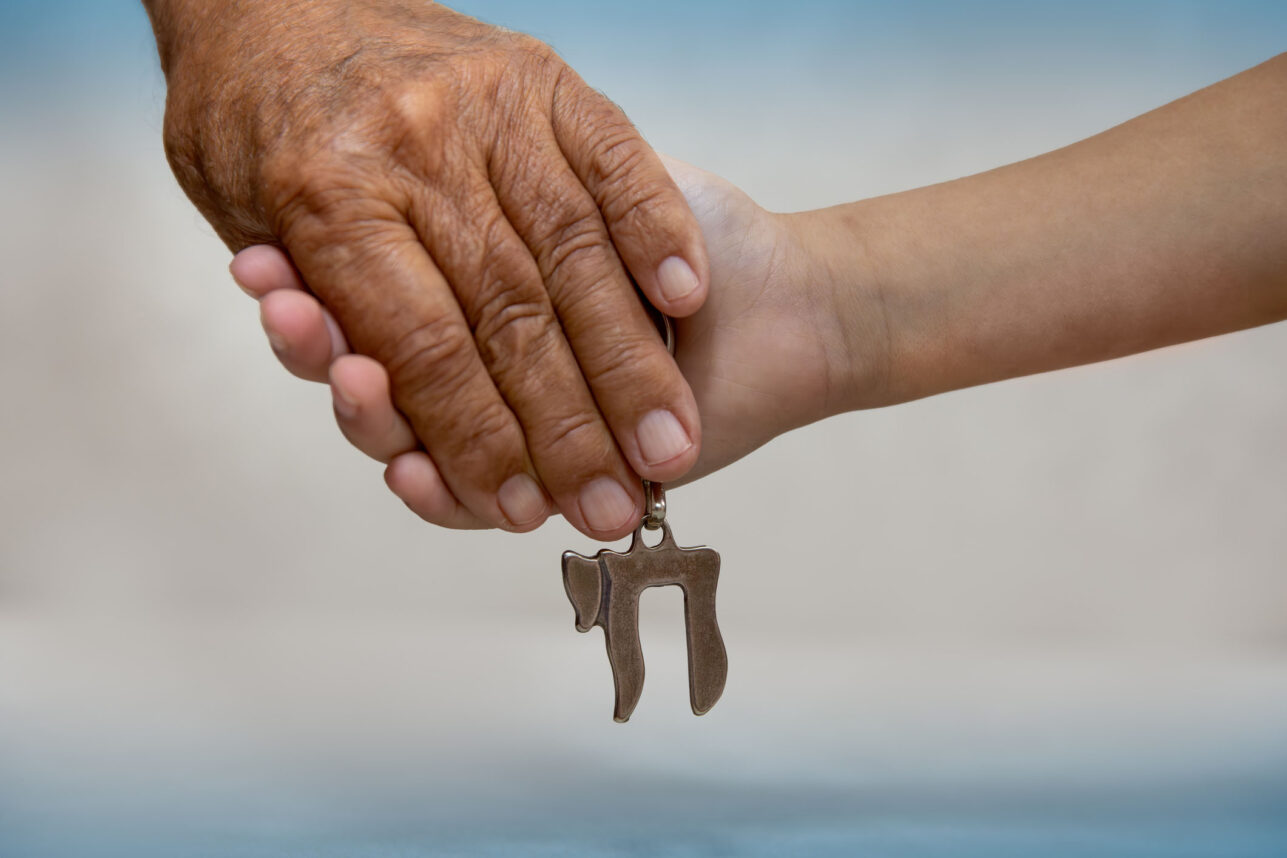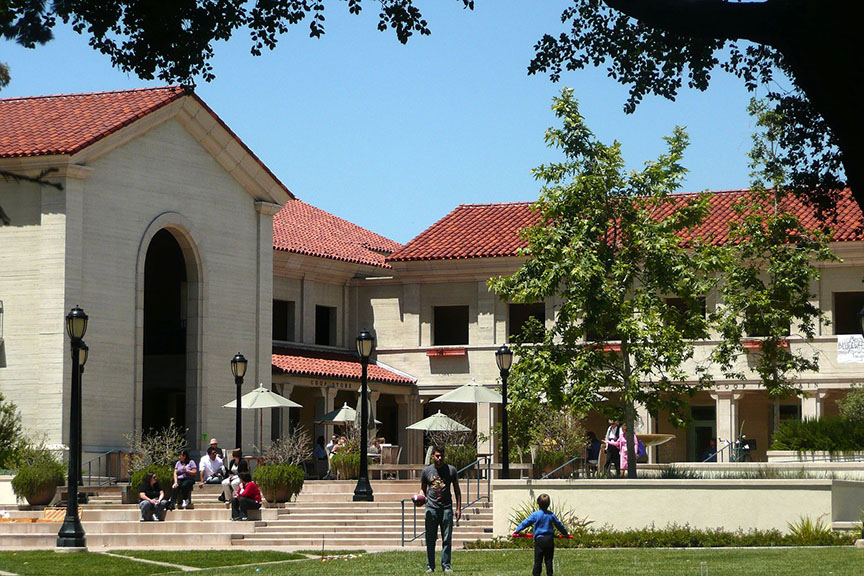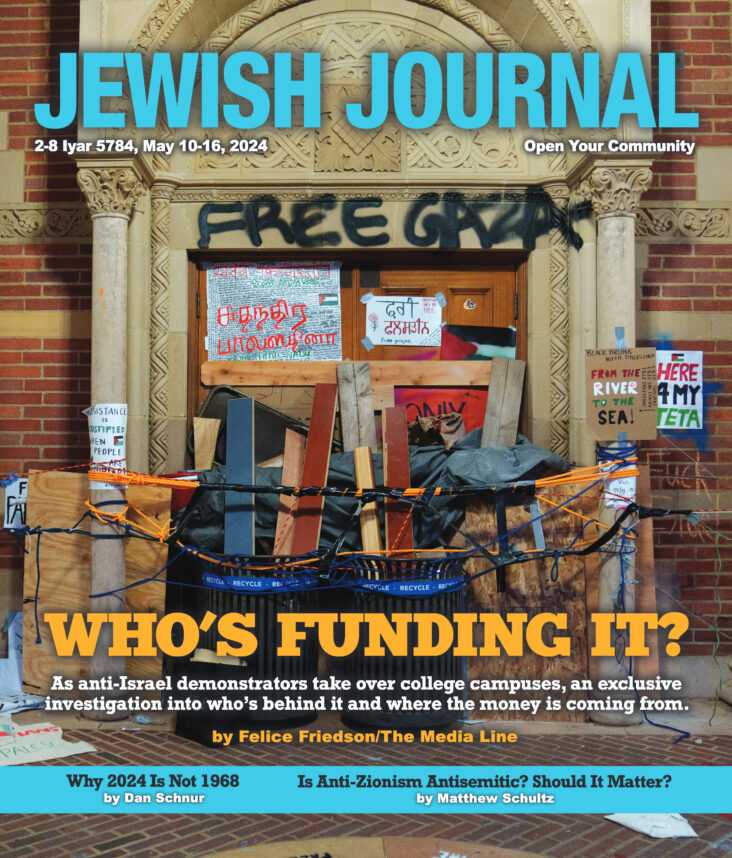Reports of the fire at Majdanek that damaged the barracks housing hundreds of thousands of shoes should cause up to shudder. Something monumental has been lost and we must be mindful of its magnitude.
A word about Majdanek: The camp is situated in a valley just outside the major town of Lublin, in proximity to Little Majdan from which it derived its name. It was in the Polish territory annexed to the Reich. During the war it was part of Germany proper.
Today it is on a side road, adjacent to the major road between Lublin and Zamosc, a picturesque and charming Polish city. During the war, the camp was obscured from the road – but not from the city. Farmers worked the fields adjacent to the camp.
Majdanek was captured whole in July 1944. Unlike what happened in Auschwitz, the Nazis had no time to evacuate the camp or to burn it and destroy the evidence. The story of Majdanek was featured on the front page of the New York Times, then as now, the most prestigious of American newspapers.
H.W. Lawrence, a correspondent for the New York Times, wrote: “I have just seen the most terrible place on earth.” These revelations were not given much credence. The very existence of something as awful as a death camp seemed impossible. Even graphic films of the camp shown in Britain and the United States were dismissed as Soviet propaganda.
Because it was captured whole, visitors to Majdanek see far more than they might see at Auschwitz itself. As any visitor of the camp will tell you, Majdanek is more primitive, more actual and more real.
Shoes
Visitors would walk through a barracks of shoes, the shoes of 500,000 Jews from the various ghettos and camps, who entered but did not leave. To me that barrack was the most powerful part of a visit to Majdanek, more powerful even than the gas chambers and crematoria that one sees intact at the top of the hill, more powerful still that the pyramid of ashes that form a mountain just outside the gas chamber.
Moshe Shulstein, the great Yddish poet wrote of these shoes:
I saw a mountain
Higher than Mt. Blanc
And more Holy that the Mountain of Sinai
On this world this mountain stood.
such a mountain I saw—Jewish shoes in Majdanek….
Hear! hear the march.
Hear the shuffle of shoes left behind—that which remained.
From small, from large, from each and every one.
Make ways for the rows—for the pairs—
For the generations—for the years.
The shoe army—it moves and moves.
We are the shoes, we are the last witnesses.
We are shoes from grandchildren and grandfathers,
From Prague, Paris and Amsterdam,
And because we are only made of stuff and leather
And not of blood and flesh, each one of us avoided the hellfire.
We shoes—that used to go strolling in the market
Or with the bride and groom to the chuppah
We shoes from simple Jews, from butchers and carpenters,
From crocheted booties of babies just beginning to walk and go On happy occasions, weddings and even until the time
Of giving birth, to a dance, to exciting places of life…
Or quietly—to a funeral.
Unceasingly we go. We tramp.
The hangman never had a chance to snatch us into his
Sack of loot—now we go to him.
Let everyone hear the steps which flow as tears.
The steps that measure out the judgment.
Primo Levi, a survivor of Auschwitz wrote:
“Death begins with the shoes: for most of us, they show themselves to be instruments of torture, which after a few hours of marching cause painful sores which become fatally infected. Whoever has them is forced to walk as if he was dragging a convict’s chain… he arrives late everywhere and everywhere he receives blows. He cannot escape if they run after him. His feet swell and the more the friction with the wood and the cloth of the shoes becomes insupportable.”
Gisella Pearl, a Hugnarian gynecologist from Elie Wiesel’s home town of Sighet described her own experience, but in the first person, and in a much more personal way:
“For two months I stood on my bare feet during two daily roll calls. My feet swelled and were covered with sores—which was not only painful but also dangerous…Then one of the women working near the crematory stole a pair of shoes for me in exchange for two days ration…I received a pair of shoes, about size ten, and I refused to listen when they tried to tell me the story of the man who had worn them…The shoes were so big that I could not walk in them. I needed shoe strings…I wanted them so much that nothing else seemed to matter.”
The shoes of Majdanek are rotting. They smell. The rot and the smell tell us of the distance that stands between that time and our time. They bear witness to the erosion of time, which we do not want couple with the erosion of memory.
Uniforms:
In another barracks just adjacent to the shoes the visitor walks down a barracks filled with uniforms of men and women, even of children who lived in this camp, who died in this camp. Human beings once wore these uniforms, once they were alive, now they are dead. One can sense their absence; the visitor must imagine their presence.
There are two gas chambers at Majdanek; the first one primitive, meant to murder a few. Simple, it has an entrance way, an undressing room, and then a small gas chamber with a motor next door and a sealed booth for the engineer who ran the diesel engine.
And then in the rear of the camp on top of the hill, the visitor sees the large gas chamber and crematoria, still intact, looking as if it is ready to go. The first gas chamber could kill a few people, one dozen or two. The second one could kill thousands and dispose of their bodies, leaving mounds of ashes.
How did the shoes and uniforms arrive at Majdanek?
Majdanek was the place where the warehouses from Aktion Reinhard were located, where the clothing and valuables taken from the prisoners were delivered, sorted and stored and shipped back into Germany.
It was also the headquarters for the destruction of regional ghettos and the place of supervision for the Aktion Reinhard camps Sobibor, Belzec and Treblinka.
Majdanek also was used as a prison camp and also as a transit camp for those who were deported elsewhere; it later became a killing center though that was not its primary purpose. Jews were a minority of those incarcerated in Majdanek though they were the overwhelming majority of those murdered there.
Jews were sent to Majdanek from diverse places including Slovakia, Theresienstadt and Germany in 1942, and later from the Lublin and Warsaw Districts of Poland and from the Bialystock ghetto upon its destruction. Between October 1942 and September 1943 the SS built two and possibly three gas chambers at Majdanek. Modeled on the gas chambers that were not used at Dachau, they could operate either on Carbon Monoxide or Zyklon B which was in use elsewhere at Auschwitz.
Historians differ as to the numbers of Jews killed at Majdanek. Postwar reports detailed 120,000 killed, others spoke of twice or three times that number. In a recent study by the director of the camp, Tomasz Kranz detailed the number of Jews deported to Majdanek and the number who were sent from Majdanek elsewhere, almost always to Aktion Reinhard camps where they were killed. According to the Memorial at Majdanek, some 74,000 Jews were deported to Majdanek and 15,000 Jews were deported from Majdanek to other death camps, leaving some 59,000 who were killed at Majdanek. Though the figures may be taken merely as a minimum since after 1942 camp officials ceased to record Jewish dead and in 1944 the records of the Majdanek camps were burnt just before its liberation.
We do know that more than half of that number were killed in 1942 and almost one in three during the so called Erntefest” (Harvest Festival) of November 3, 1943 when
SS and police units carried out Heinrich Himmler’s orders to murder the surviving Jews in Lublin District, including the remaining Jewish prisoners at Majdanek. They concentrate 18,000 Jews from various camps and prisons in Lublin, including at least 8,000 Jewish prisoners in Majdanek, and then shoot them in large prepared ditches outside the camp fence near the crematorium. The killing at Majdanek on November 3, 1943, was the largest single-day, single-location massacre during the Holocaust at the camp. Majdanek was captured by the Soviet Union in July 1944, captured whole before the Germans had time to destroy the camp.
So much was lost in the fire – the material remains of the people who were consumed there and elsewhere by fire, whose burial place was the sky.
I cried when I heard of the flames that consumed these shoes and then I thought again. Perhaps after 66 years of bearing witness of the hell fire, the shoes – made of fiber and leather – were reunited with the grandfathers and grandchildren from Paris, Prague and Amsterdam, the men, women and children of flesh and blood.






















 More news and opinions than at a Shabbat dinner, right in your inbox.
More news and opinions than at a Shabbat dinner, right in your inbox.